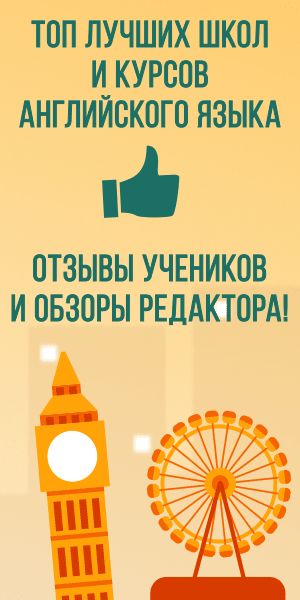Marie Sklodowska was born in Warsaw in 1867. Both her parents were teachers who believed in the importance of education. Marie had her first lessons in physics and chemistry from her father. She had a great aptitude for study and wanted all the knowledge she could get. But the advanced study was not possible for women in Poland.
Marie dreamed of being able to attend school at the Sorbonne in Paris, but this was beyond the means of her family. Marie and her older sister, Brenda decided to move to Paris so that Tonya could study medicine at the Sorbonne and when she had received the degree she would help pay for Marie to go to school. So it was not until she was 24 that Marie came to Paris to study mathematics and physics. By then she’d been away from her studies for six years, and didn’t have any training in understanding rapidly spoken French. But her interest in studying and her joy at being at the Sorbonne with all its opportunities helped her overcome difficulties.
To save herself two-hours, she rented a little attic in the Quartier Latin. There the cold was so intense that at night she had to pile on everything she had in the way of clothing to be able to sleep. But as compensation for all her privations, she had total freedom to be able to devote herself wholly to her studies. «It was like a new world opened to me, the world of science, which I was at last permitted to know in all liberty», she writes. And it was France’s leading mathematicians and physicists whom she was able to go to hear. After two years, when she took her degree in physics in 1893, she headed the list of candidates and, in the following year, she came second in a degree in mathematics. After three years she had passed examinations in physics and mathematics. Her goal was to take a teacher’s diploma and then to return to Poland.
She met Pierre Curie in 1894, and they married in 1895 and later succeeded her husband as Head of the Physics Laboratory at the Sorbonne. Marie Curie was interested in the discoveries of radiation. Wilhelm Conrad Roentgen had discovered X rays in 1895, and in 1896 Antoine Henri Becquerel had discovered that the element uranium gives off similarly invisible radiations. Marie began studying uranium radiations, and, using piezoelectric techniques devised by her husband, carefully measured the radiations in pitchblende, an ore containing uranium. When she found that the radiations from the ore were more intense than those from uranium itself, she realized that unknown elements, even more, radioactive than uranium, must be present. Marie Curie was the first to use the term radioactive to describe elements that give off radiations as their nuclei break down. Pierre Curie ended his own work on magnetism to join his wife’s research, and in 1898 the Curies announced their discovery of two new elements: radium, atomic number 88 and polonium, atomic number 84 (named by Marie in honor of Poland).
During the next four years, the Curies processed a ton of pitchblende, laboriously isolating from it a fraction of a gram of radium. They shared the 1903 Nobel Prize in physics with Becquerel for the discovery of radioactive elements. Marie Curie was the first female recipient of a Nobel Prize and it was the first time a woman had ever won a Nobel.
In 1911, Curie became the first and only woman to win a second Nobel Prize for her work on radium and radium compounds. She became head of the Paris Institute of Radium in 1914 and helped found the Curie Institute. Marie Curie’s final illness was diagnosed as pernicious anemia, caused by overexposure to radiation. She died in Haute Savoie on July 4, 1934.








